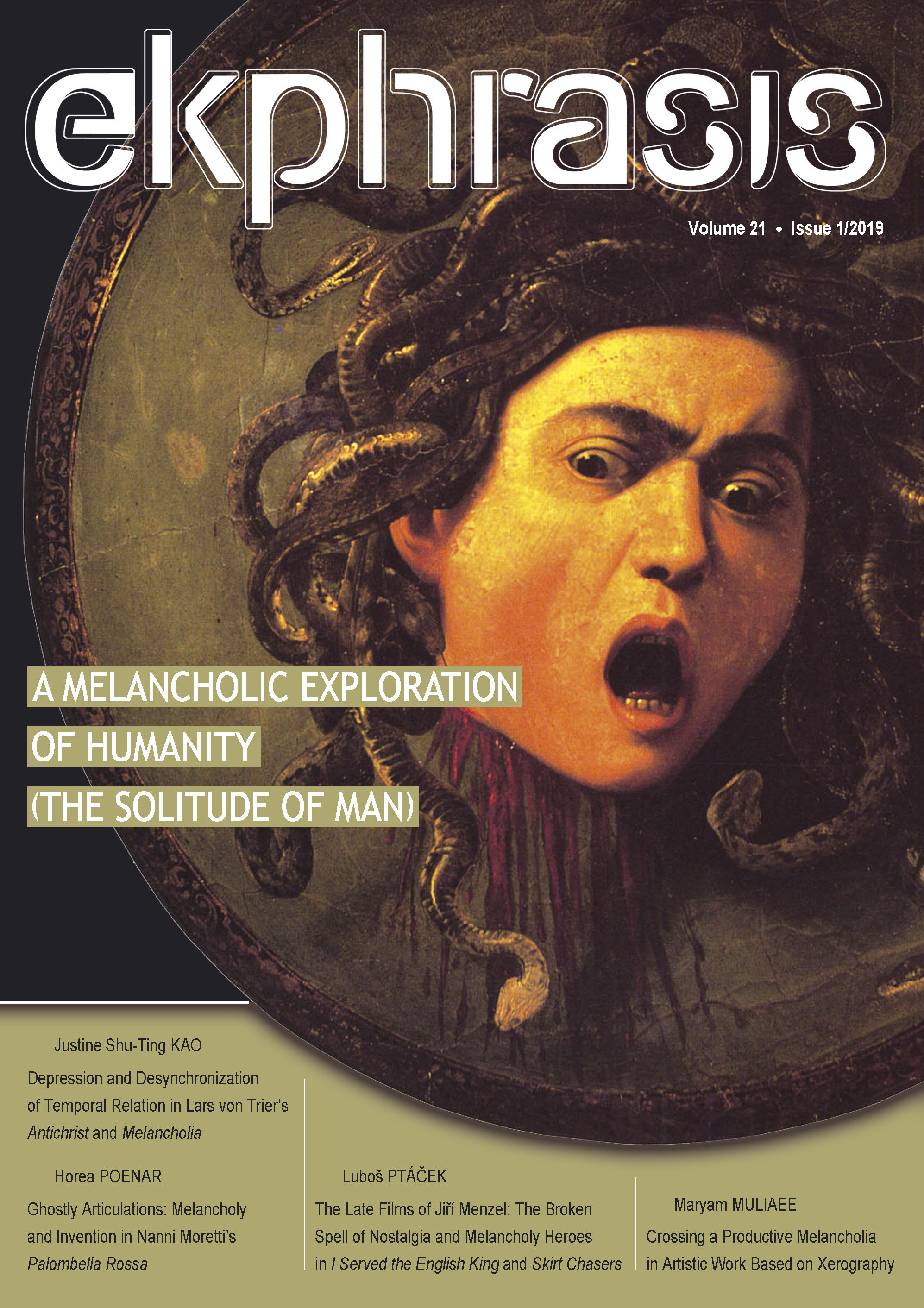Le récit mélancolique et comment il est généré
dans l’animation japonaise
The melancholic narration and it's generative funcitons
in Japanese animation
Author(s): Anca-Raluca SocaciSubject(s): Fine Arts / Performing Arts, Film / Cinema / Cinematography
Published by: Universitatea Babeş-Bolyai, Facultatea de Teatru si Televiziune
Keywords: melancholy; network; affect; temporality; récit; reminder;
Summary/Abstract: The aim of this paper is to analyse the concept of melancholy in connection to three animation films all released in 2013, but coming from directors having distinct artistic styles (Isao Takahata, Hayao Miyazaki and Makoto Shinkai). What interests me is the existence of a common ground that binds these films together and can be found beyond their narratives. A shifting point that engages the viewer could be observed by distancing from the temporal constrictions of a narrative and giving high priority to an affective time. Stemming from the concept of affect as defined by Gilles Deleuze and Félix Guattari, this particular nature of time is subjective, but universalizable, because it implies resonance with diegetic elements, as well as shifting one’s point of view from the narrative to the oeuvre itself. Its melancholy is proven by the complicated network of significations which mirror the indefinable nature of the affect, as noted by the French authors. In order to capture the shift between the two temporalities, narrative and affective, each of the film is treated separately in a subchapter, taking into account not only the stylistic differences, but also the particular stories, in search for a constant, a reminder that traverses the movie underlining an affective tone. Thus, the melancholy as affect is not found within the movie, but reached through a shift in the viewer’s perspective. This translates to a distinct way to see the film and subsequently a different récit, one that is subjective and happens at the crossroads between the viewer and the film.
Journal: Ekphrasis. Images, Cinema, Theory, Media
- Issue Year: 21/2019
- Issue No: 1
- Page Range: 177-197
- Page Count: 20
- Language: English

